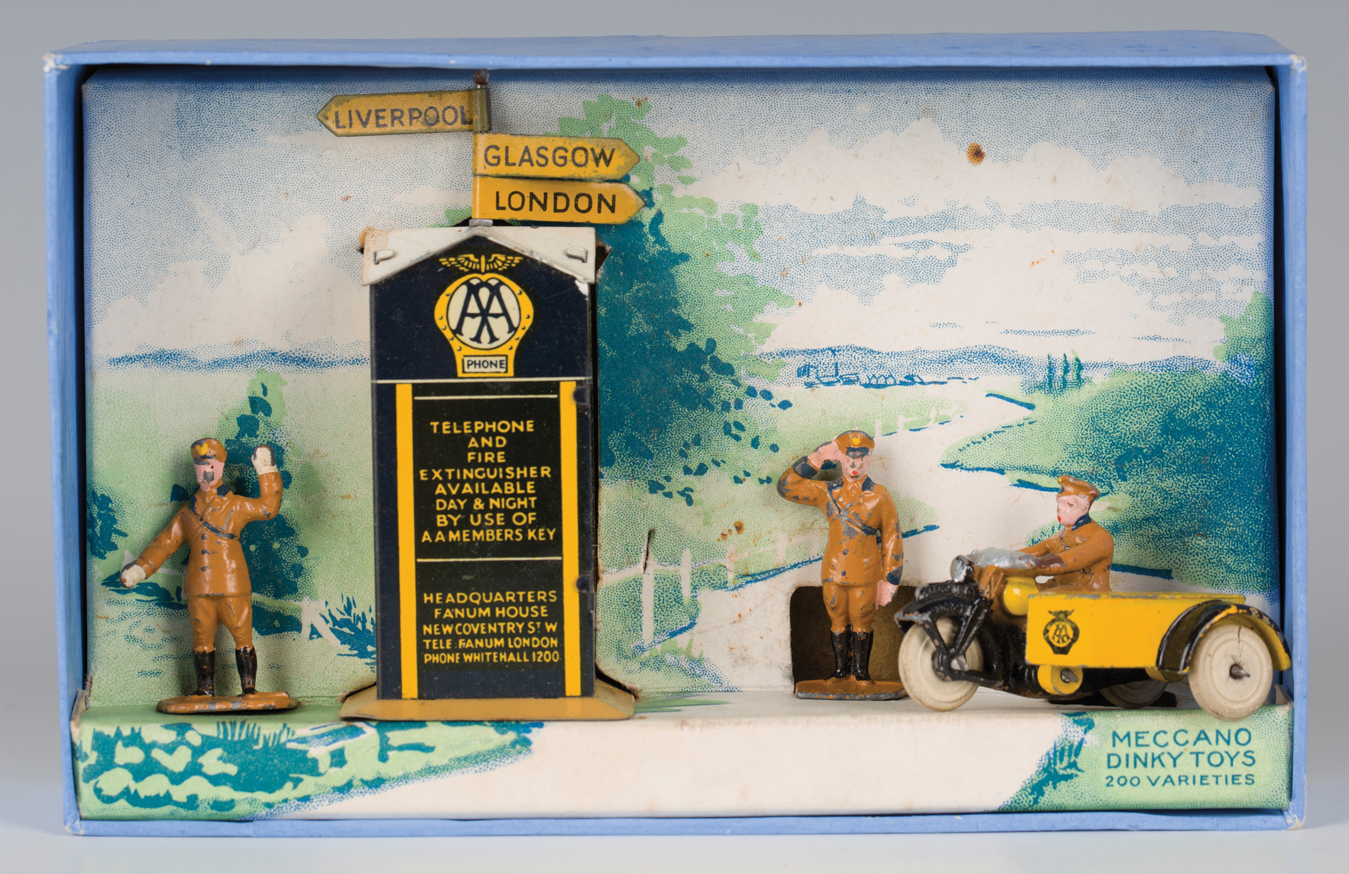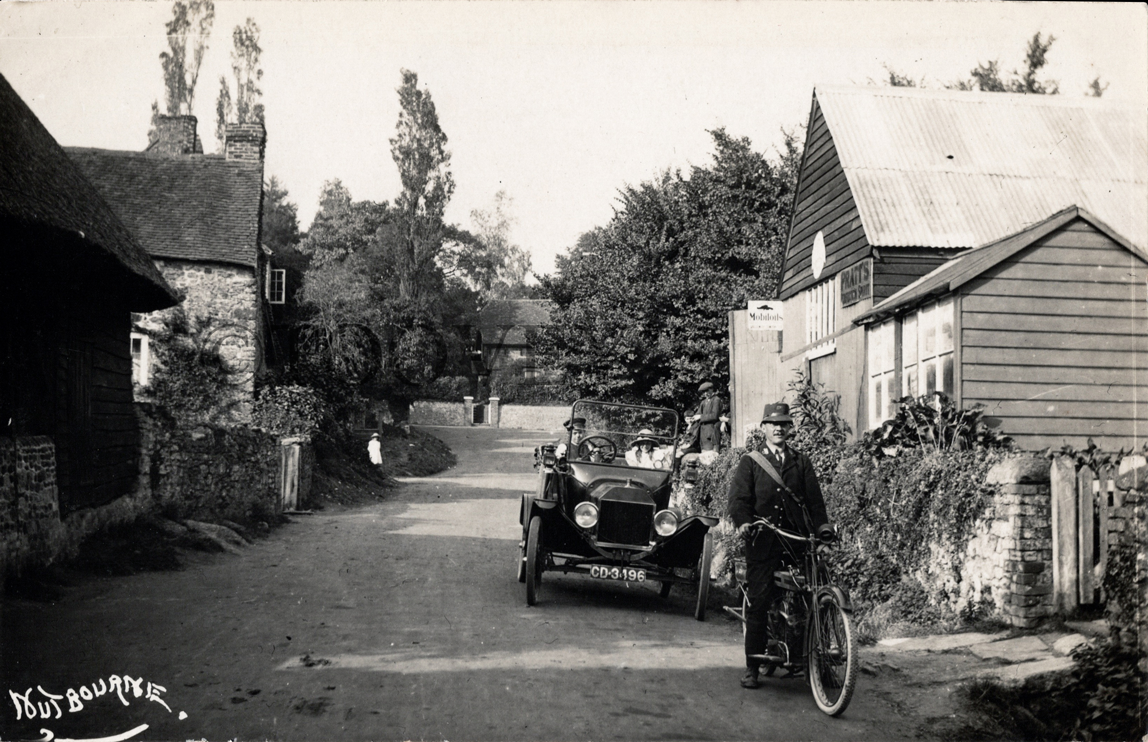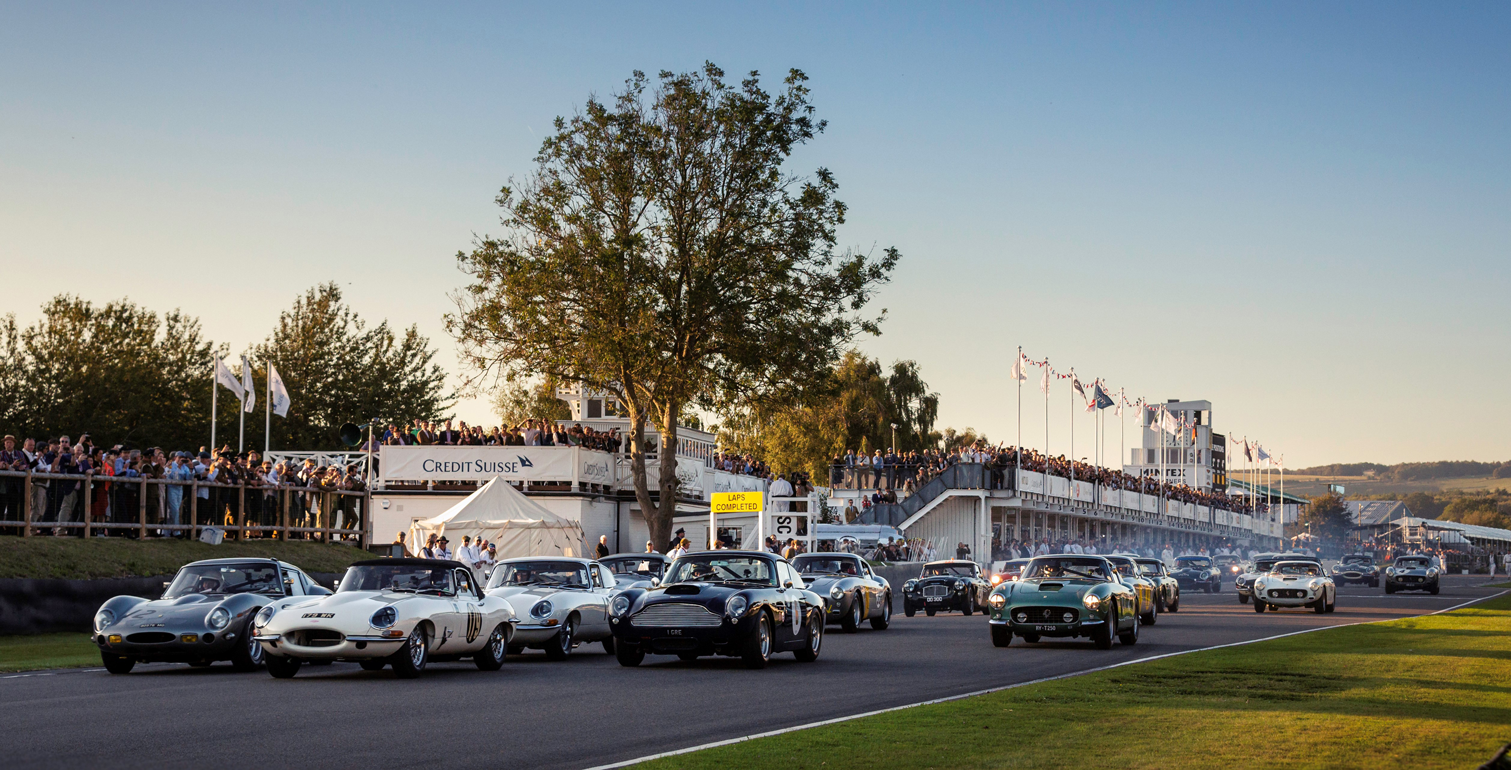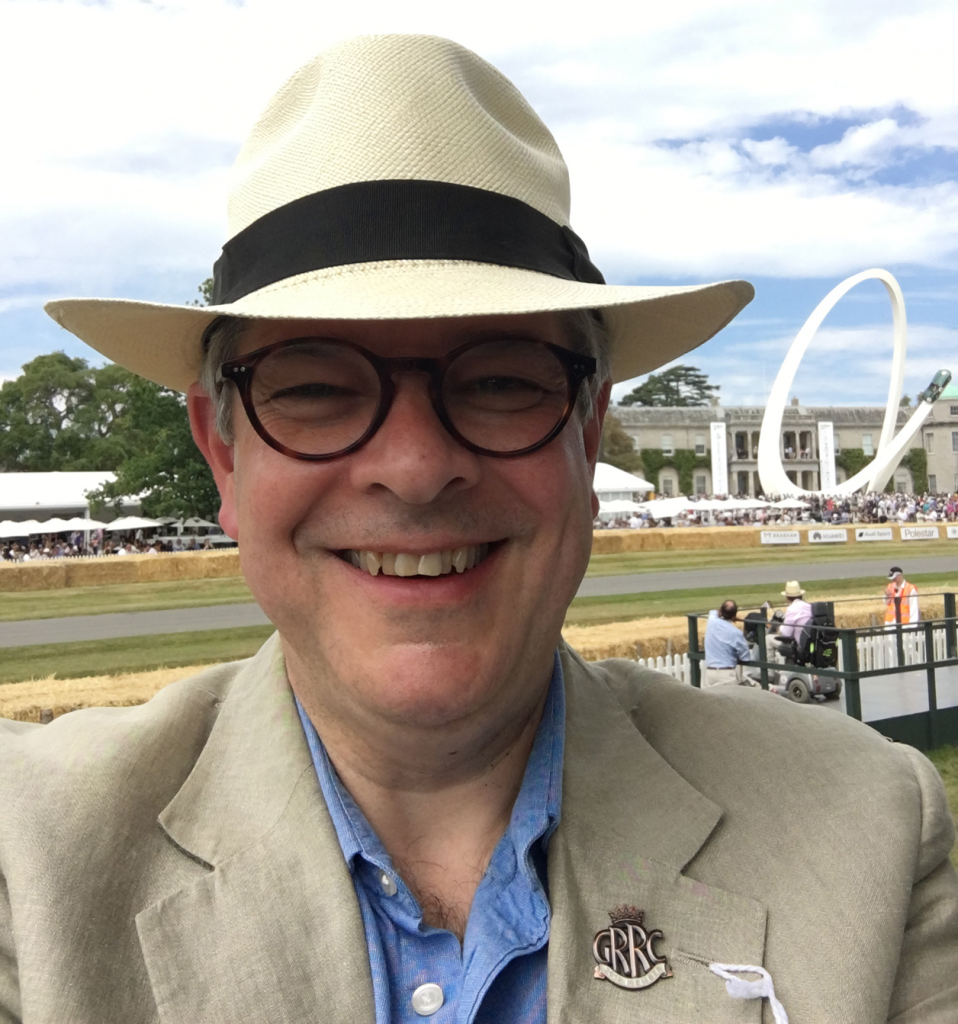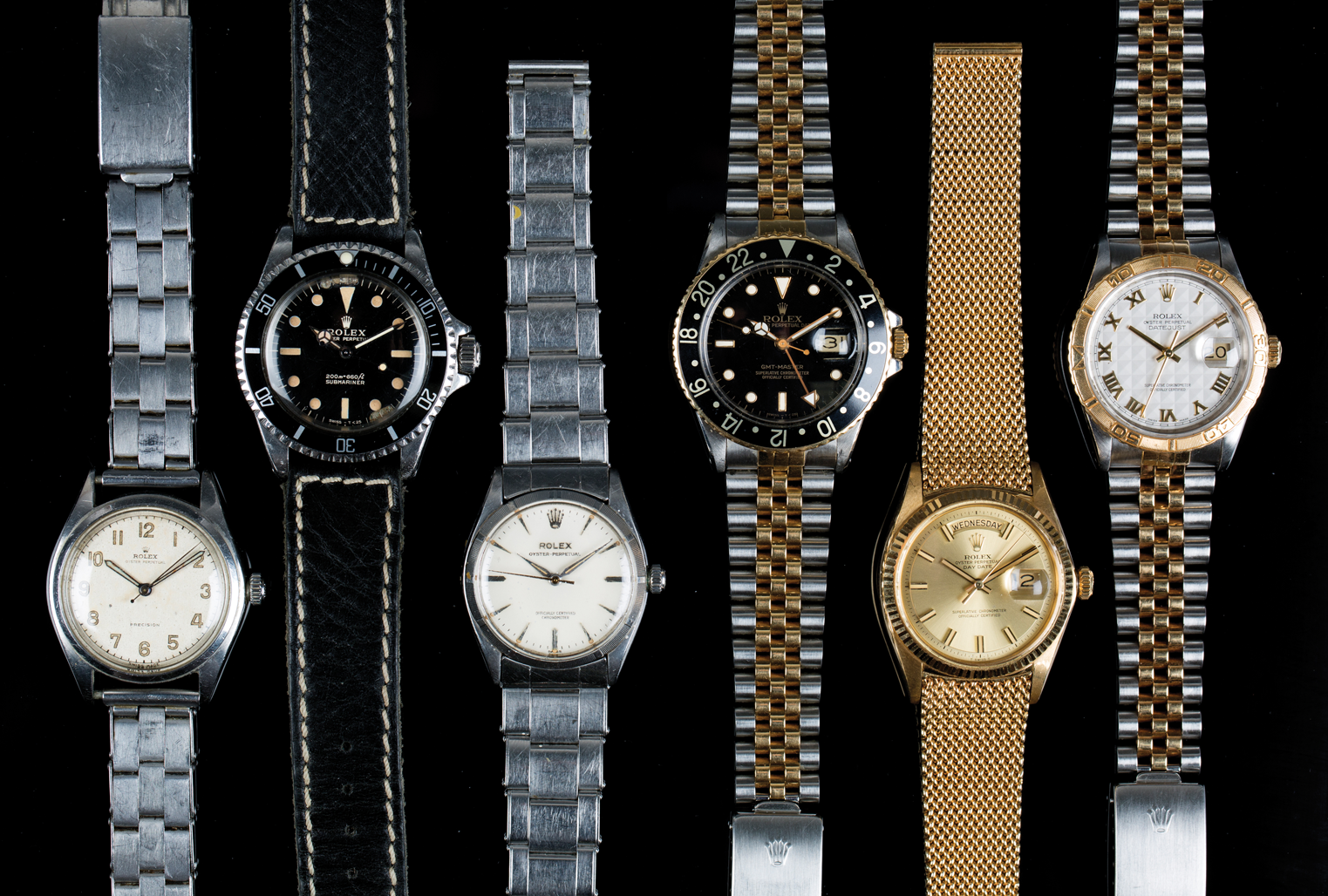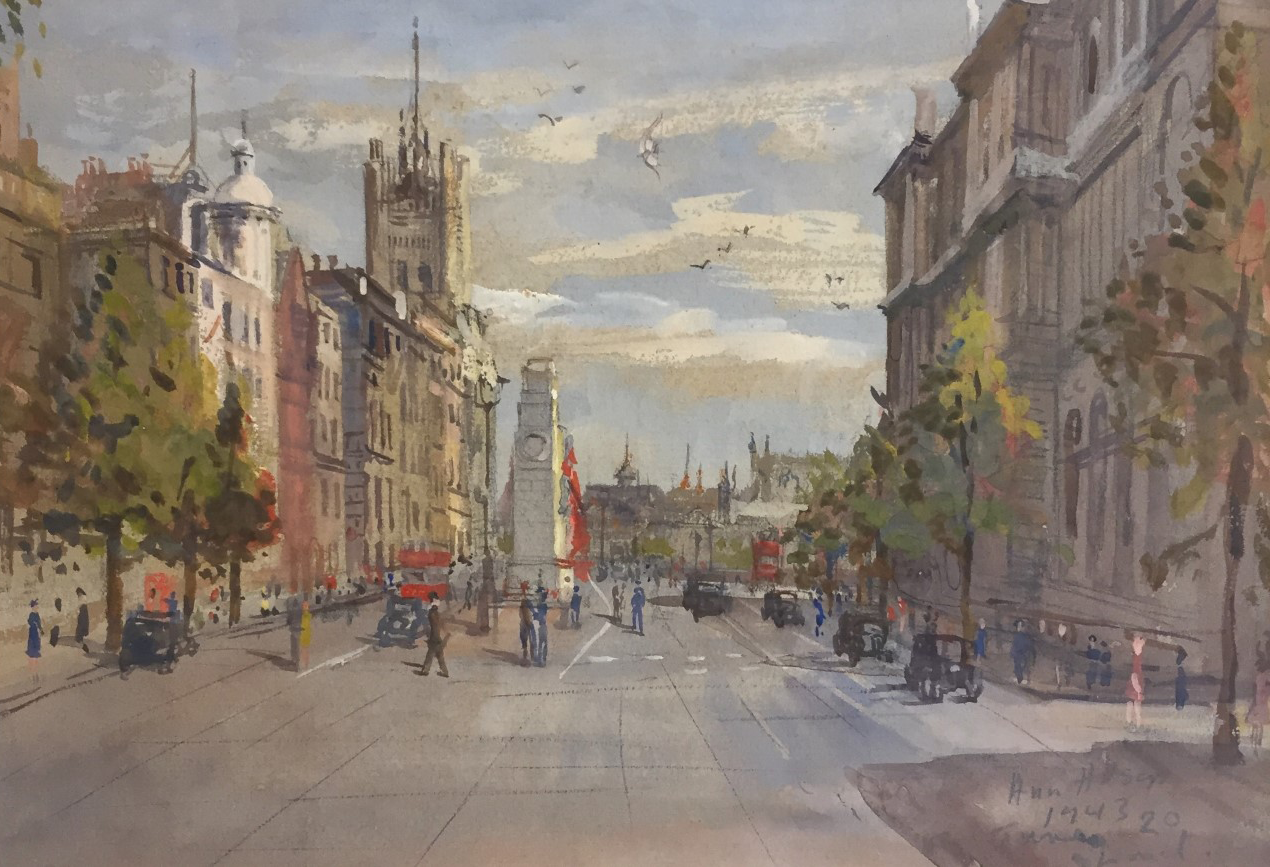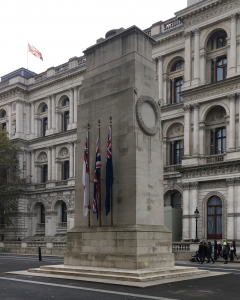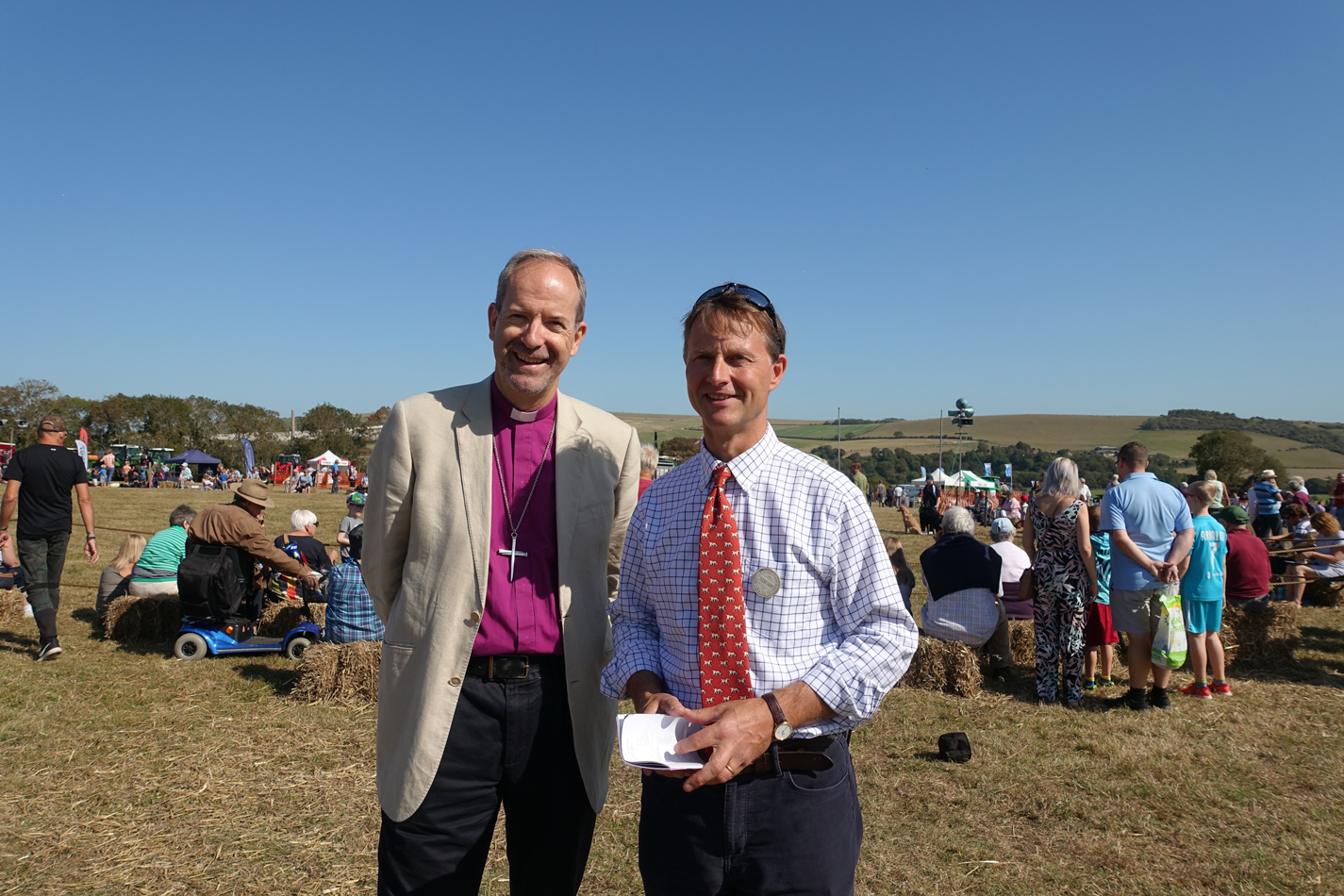
I have long been a passionate advocate and supporter of building communities through Arts, Heritage and Culture in West Sussex and there was much to celebrate in 2019.
A collaboration between Jeremy Knight of The Horsham Museum & Art Gallery and Laura Kidner of the Christ’s Hospital Museum brought us an exceptional retrospective of the important artist Frank Brangwyn which centred on a selection of cartoons produced by Brangwyn for Christ’s Hospital. They had last been exhibited in London in 1924.
Jeremy Knight’s book The Horsham District in 100 Objects distils thirty years of his knowledge and understanding into a concise and accessible format. The book provides a superb companion and guide to a journey of discovery around the district and its rich heritage.
The Horsham Museum & Art Gallery and the Shipley Arts Festival are central to Horsham and her district’s identity, heritage and culture, and this was highlighted by the Council’s 2019 Year of Heritage and Culture.
The Shipley Arts Festival went from strength to strength under the leadership of its founder and long-term Artistic Director, Andrew Bernardi. New music was once again commissioned for the 2019 season with sell out concerts.
I was proud to be President of the West Grinstead and District Ploughing Match & Agricultural Society which celebrates best practice through its awards and bursaries.
Visiting farms across the district I have been humbled and excited to see long-term stewardship of the land combining the best of traditional methods with the modern. I am impressed how farms are striving to achieve a balance between maintaining the fertility of the land and producing food for the nation with close attention to the preservation of nature. Thanks to this work rare species like Turtle Doves and native fritillaries are flourishing in our countryside on farms which remain profitable and productive. Our farming community is deserving of our thanks.
At the heart of the Society is its Honorary Secretary Rowan Allan of H. J. Burt. This year Rowan and I were blessed to be joined at the ploughing match by Bishop Richard Jackson who worked as an agronomist before being ordained.
I am delighted that through Toovey’s I have been able to play a part in bridging these artistic and heritage communities together, adding weight to their vision and work, whilst also offering financial support and professional advice.
The Duke of Richmond, too, continues to give us a unique and exemplary window into our motoring and motor racing heritage as well as the future at the Goodwood race track.
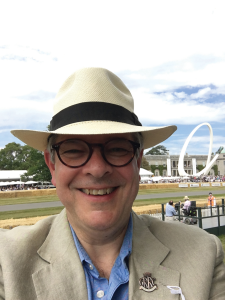
These individuals along with so many others are deserving of our thanks. They enrich the quality of our lives whilst contributing enormously to our economy through the visitors and businesses they draw to our county.
I am looking forward to celebrating with you the best artistic, cultural and heritage events our county has to offer in 2020, and wish you all a very happy and peaceful New Year.
